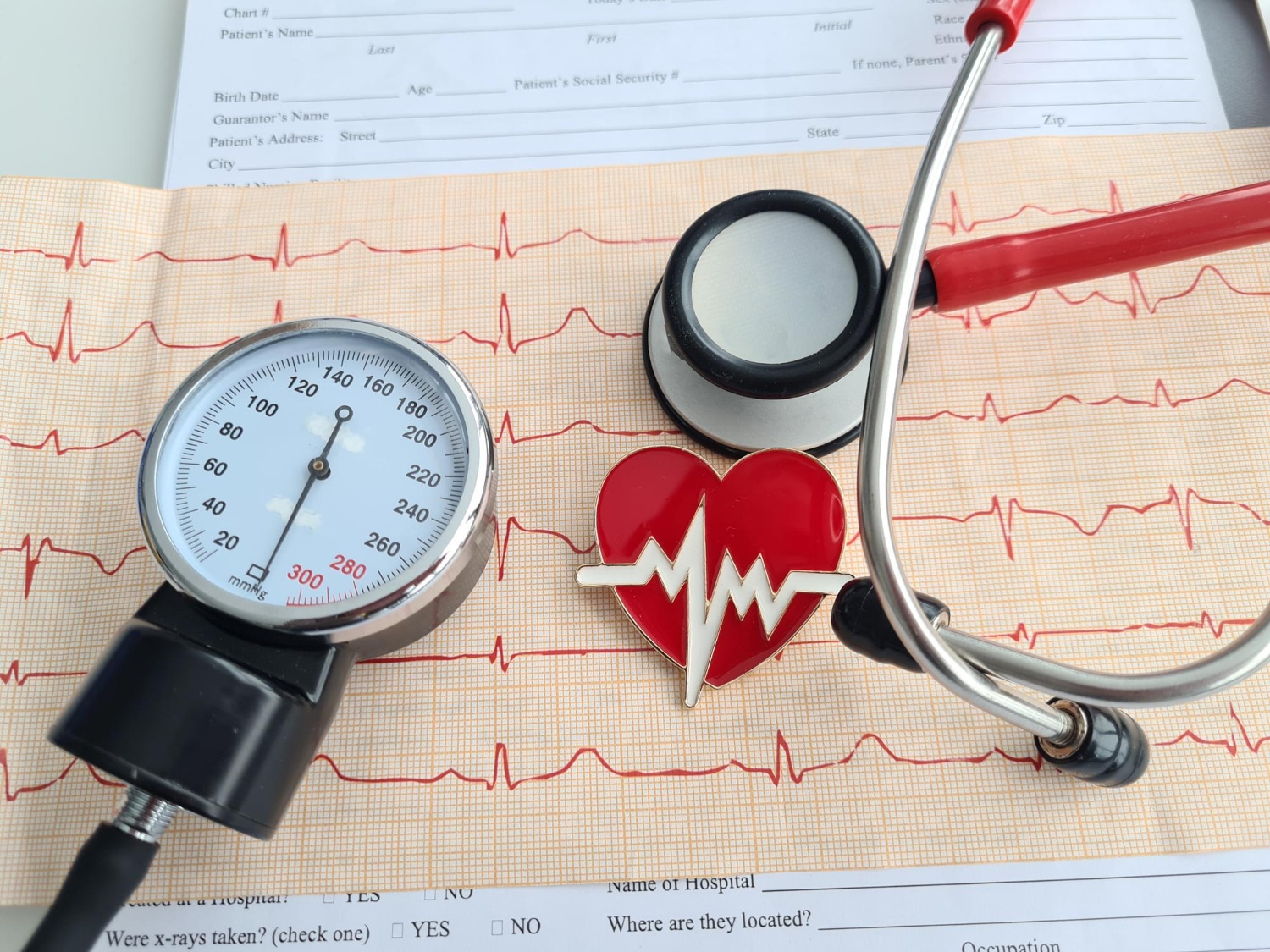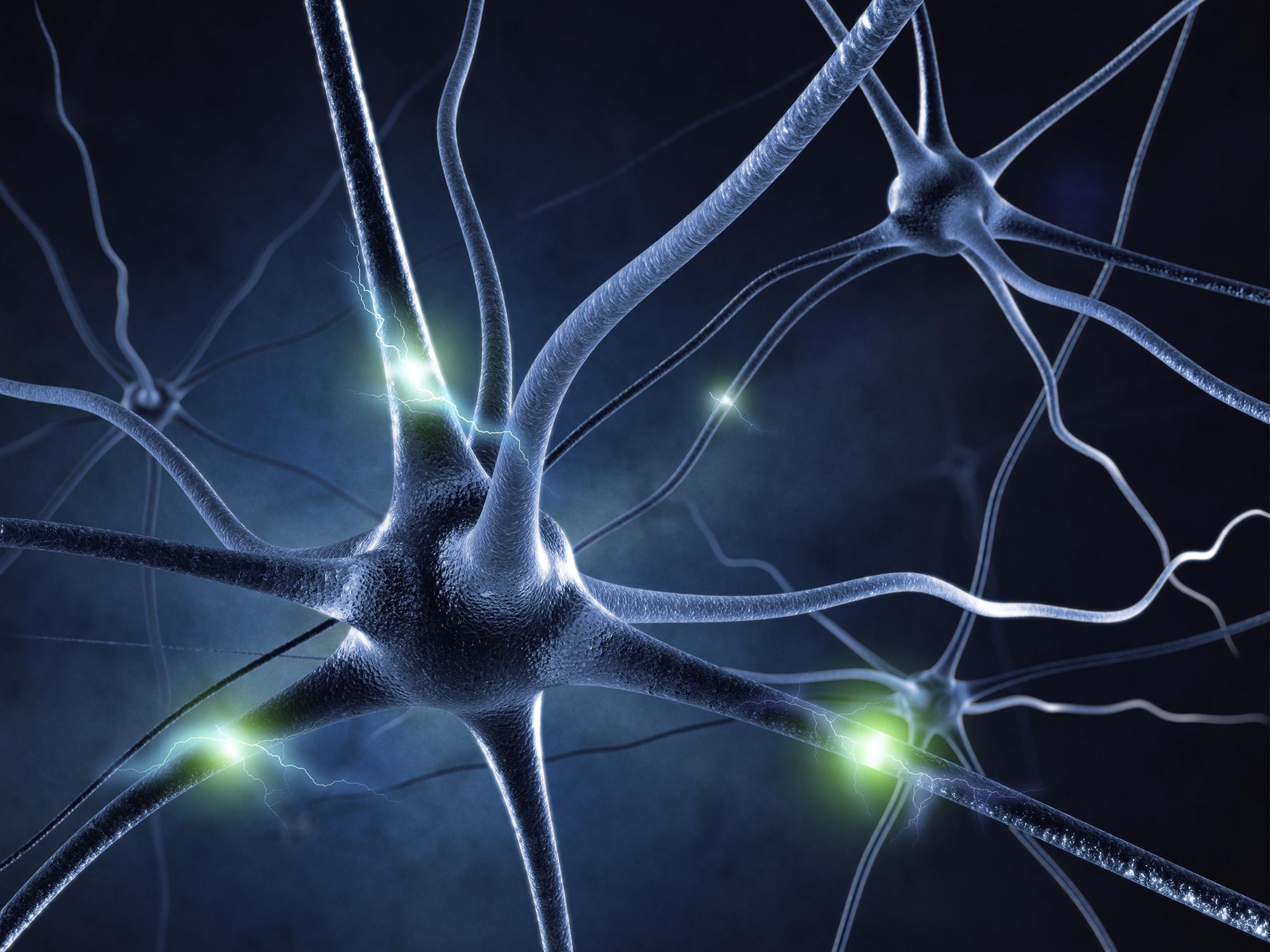The outer coat of the antibiotic-resistant bacterium Clostridium difficile has a structure similar to chain mail that stops drugs and immune system cells from killing it
Health
25 February 2022
By Carissa Wong
The outer proteins of Clostridium difficile form a structure like chain mail Newcastle University
A bacterium called Clostridium difficile is known as a superbug for its incredible resistance to antibiotics, which may be due to the fact that its outer protein coat has a structure akin to chain mail. This coating may protect the bacterium from drugs and the immune system’s defences.
“This armour is made of proteins organised in an ordered but adjustable lattice, like a chain mail – strong but flexible,” says Paula Salgado at Newcastle University in the UK. “It’s very tightly packed, with very narrow openings that would prevent antibiotics and immune system molecules from entering the cells.”
C. difficile is found at low levels in some healthy people, but antibiotic treatment of people in hospital can disrupt the balance of bacteria in their guts, enabling the antibiotic-resistant bacterium to overgrow and cause infections.
Join us for a mind-blowing festival of ideas and experiences. New Scientist Live is going hybrid, with a live in-person event in Manchester, UK, that you can also enjoy from the comfort of your own home, from 12 to 14 March 2022. Find out more.
Toxins released by the bacterium can cause damaging inflammation in the gut, leading to diarrhoea – which can be fatal.
The infection is usually treated by stopping the original antibiotic treatment and switching to a course of antibiotics that are effective against the bacterium. But bacteria constantly evolve to resist antibiotics, so new methods are needed.
Until now, the search for new treatments has been limited by a lack of understanding of C. difficile’s protective coat, called the S-layer. “Our work is the first step in a better understanding of the S-layer, how it might help C. difficile resist antibiotics and the immune system,” says Salgado.
She and her colleagues took high-resolution images of the S-layer structure at the atomic level. They found that the coat is made of two proteins that assemble to form a compact lattice that envelops the bacterial cell and anchors to the cell wall.
The pores in the protein chain mail are too small to let in larger molecules – including antimicrobial enzymes and antibiotics – but small molecules and ions can pass through.
This was a major surprise, says Salgado. “Considering nutrients have to go inside the bacterial cell and the toxins… must be sent outside, it’s puzzling how this happens with such narrow openings.”
The researchers suggest that targeting particular regions of the S-layer could offer new ways to tackle C. difficile.
“C. difficile infection is associated with unacceptably high recurrence rates following standard antibiotic therapy,” says Anthony Buckley at the University of Leeds in the UK. “This study highlights that the S-layer is a viable target for a new class of C. difficile-specific drugs.”
Journal reference: Nature Communications, DOI: 10.1038/s41467-022-28196-w
Sign up to our free Health Check newsletter for a round-up of all the health and fitness news you need to know, every Saturday
More on these topics:
Note: This article have been indexed to our site. We do not claim legitimacy, ownership or copyright of any of the content above. To see the article at original source Click Here













